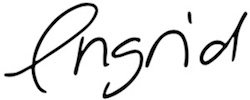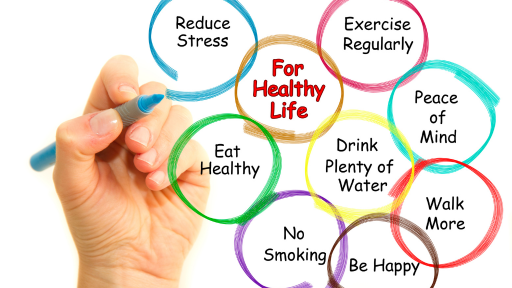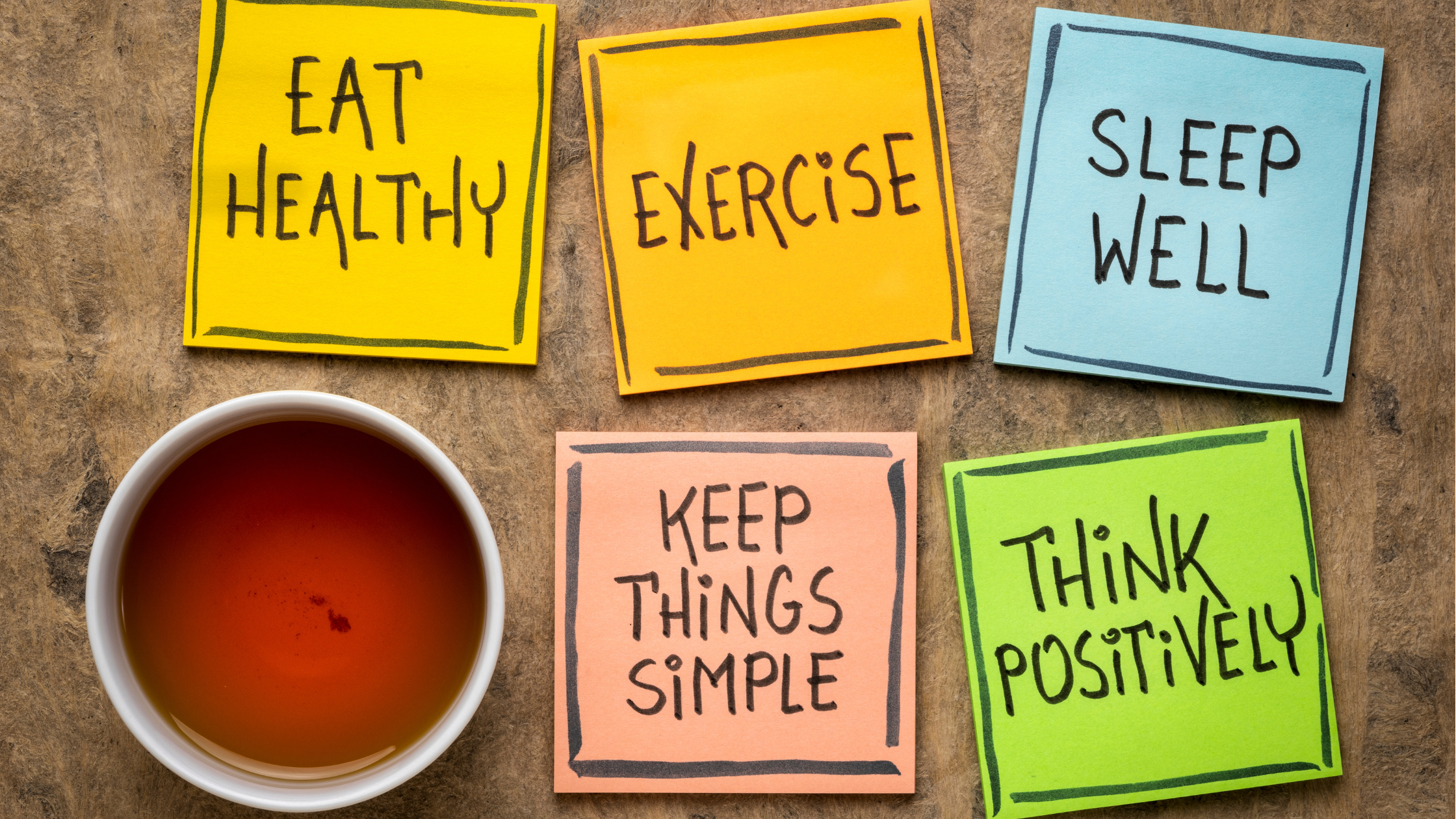The “Magic” of Tiny Habits and Atomic Habits

When I studied health and wellness coaching in my Masters, we learned about many theories. Some of the ones I remember are the social cognitive theory, the Health believe model, the Transtheoretical model of behavior change/the stages of change and more. I am a big believer that science is something you should know when you dive into a topic, and going to university has a place in one’s thinking and career and life. The Transtheoretical model of behavior change/the stages of change for example was then also used at my corporate health coach job which combined the theory and praxis for me. I love when that happens!
Now I want to dig deeper about behavior change so I started looking for more information and ideas (or they actually found me in a podcast). There I learned about habit formation (which transfers to me that behavior change is the science — such as the models — and habit formation is the practical part, what I can do daily). So some books that were referenced were Tiny habits and Atomic habits. So I read them!
Both books are truly great and teach useful and applicable frameworks about how to implement one’s desired habits into lasting ones. They help me in my personal life and knowing more about habit formation has also helped me to serve my clients better.
Tiny Habits
The book “Tiny Habits” is a book written by Stanford professor BJ Fogg. He explores the concept of making positive changes in our lives through the power of small, incremental habits. He says that traditional approaches to behavior change, such as relying on motivation or willpower, often fail because they require significant effort and are difficult to sustain. Motivation is very different from person to person and also different within a person from time to time. Think of your motivation on January 1st vs. July 4th — would you say it is different…New Years resolution vs. summer and BBQing?
Instead, Fogg suggests that by starting with tiny, easy-to-do habits, we can create lasting change (and these tiny habits seem to be more powerful and reliant than motivation) The key idea behind “Tiny Habits” is that by breaking down larger goals into small, manageable actions, we can overcome resistance and build momentum. Fogg introduces the “recipe for behavior change,” which consists of three elements: an anchor, a tiny habit, and a celebration. The anchor serves as a reminder for the habit, while the celebration helps to reinforce the behavior.
Is his book Fogg emphasizes the importance of designing habits that fit naturally into our existing routines and are tied to specific triggers. By starting with tiny habits, such as doing two push-ups after using the bathroom or flossing a single tooth, we can gradually expand and improve upon these habits over time.
When I read these examples, I thought they sound ridiculous. Who has the goal to floss one tooth? Nobody!!! But Fogg stresses that it is about anchoring brushing your teeth with flossing one tooth or going to the bathroom and doing push ups afterwards. By anchoring the habit you want to form with a habit that is already is place, increases the chance for being successful.
Atomic Habits
The book “Atomic Habits” is a book by James Clear who explores the transformative power of small habits and their compounding effects over time. Furthermore, Clear emphasizes that our habits shape our identity and that by making small, incremental changes, we can achieve remarkable results. We change best by thinking about who we are or who we want to be as a person, and building habits that such a person would do. For example does a person who cares about nutrition choose mixed greens or pigs in a blanket as a starter? Does a fitness conscious person go to the gym or out for a beer with a friend after work? By being aware of the identity that we want to embody, we can shape the habits around the identity we want and shape the habits accordingly.
This brings me to Clear’s core concept: the focus on the process rather than the outcome. Clear suggests that by establishing a system of small habits, we can create a positive feedback loop that reinforces our desired behaviors. He introduces the concept of “habit stacking,” where new habits are built upon existing ones, making it easier to incorporate them into our daily lives. (In “Tiny Habits” actually habit stacking it called “anchoring a new behavior to an old one” but both authors stress that combining an existing habit with a new one is a recipe for success)
Clear emphasizes the importance of making habits obvious, attractive, easy, and satisfying. By creating a clear environment that supports our desired habits, minimizing friction, and rewarding ourselves for small wins, we can increase the likelihood of sticking to positive behaviors. (Actually both authors state the importance of small wins or successes as BJ Fogg calls them).
Furthermore, Clear highlights the power of tracking and measuring habits to provide feedback and maintain accountability. In his book, he encourages readers to focus on incremental improvements and to adopt a growth mindset that embraces the process of continuous learning and refinement.
What did I learn and how did it change things for me?
A health coach guides a client from A to B, so it is nice having some proven techniques to recommend when working with clients.
The science why people with MS should exercise made me ponder. I wanted to add strength training to my cardio. So I started with 2 minute workouts. That strategy has been successful for me and has helped some of my clients.
Then, I made a mistake by using a cue or anchor that only worked for my workout when it was two or three minutes but when I started lengthening it, I failed. I had to find a cue that was “open ended” so it could be two or seven minutes. I learned that having one or a couple of youtube videos handy I can choose from, also help as I do not have to think about what it is that I want to do (James Clear rule: make it easy).
Another thing that James Clear talks about is tracking. I was already a fan of tracking. I love nothing more than checking off something from my to-do list or tracking it in an app and seeing the streak. For example, I am using headspace for meditation but when I meditated by myself, I broke my 300+ days streak. Now I learned that there is a streak app (https://www.streak.com/) which can help in such a situation and have recommended it to my clients.
Another food related habit, I wanted to build is: eating an extra serving of vegetables or if possible leafy greens. Research says that eating a good amount and variety of vegetables, I felt in my OMS lifestyle, it is something I wanted to build on. It is also something that my clients have been successful at. Have some spinach or kale in the fridge, cut up vegetables if you like to snack on them and one extra serving can easily become two extra servings with not very much effort.
In the end, these books have not only expanded my knowledge and skills as a health coach but have also given me the tools to make lasting changes in my own life. By embracing the science of behavior change and the practicality of habit formation, I am empowered to continue growing, learning, and helping others on their journeys toward a healthier and more fulfilling life.

Other Blog Posts

Isn’t Lifestyle Medicine Good For Everyone?
That isn’t even debatable anymore. It doesn’t matter if you are healthy or suffer from one of the many lifestyle diseases there are such as obesity, cardiovascular disease, cancer, type 2 diabetes etc. It keeps you healthy or makes you...

The Role of Nutrition in Managing MS: Top Foods to Include in Your Diet
When we think about nutrition in the context of Multiple Sclerosis (MS), we often think which is the food that is best to put into our body? But is it that white and black? In some ways, I think it...

Mindfulness and Meditation for Managing MS Symptoms and Improving Well-being
Multiple Sclerosis (MS) can be challenging, but it’s important to remember that many individuals with MS lead fulfilling lives. There are many things that can be done actively by someone living with the illness and meditation is one of them....

Overview of the OMS program: Evidence-based strategies for living well with MS
What is the OMS Program? The Overcoming Multiple Sclerosis (OMS) program was developed by Professor George Jelinek, a medical doctor who was diagnosed with MS in 1999. It is a holistic comprehensive approach to managing MS. The program is grounded...

Exercise and MS: Types of Workouts and Why It is Important
You have been diagnosed with MS (or you have been living with the disease already longer) and you have come across how important exercise is for people living with MS and how it can influence the progression in a positive...

My Meditation Journey and Why I Think Headspace is Amazing
The beginning At the end of 2015, a few months after my husband and I got married, he said to me, “Do you want to do a 10-day silent Vipassana retreat?” Vipassana-what? 10 days meditating? No talking? You must be...